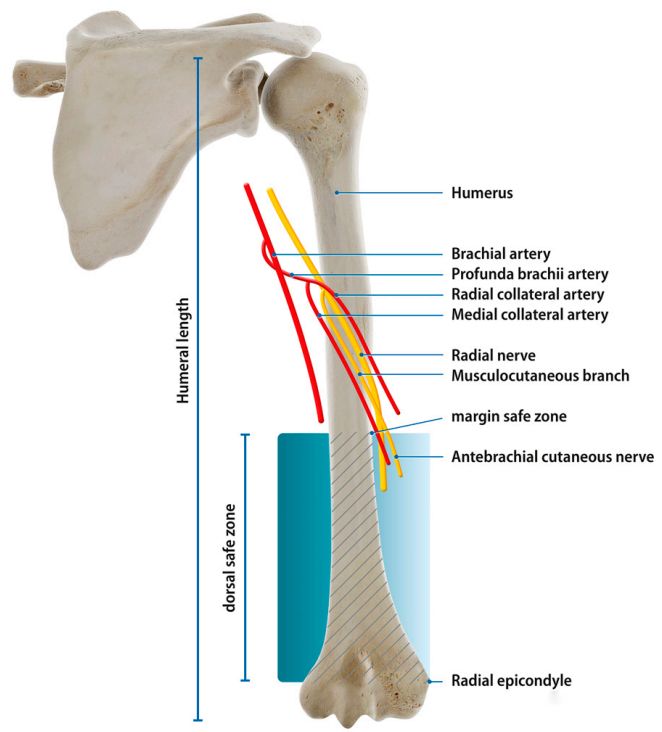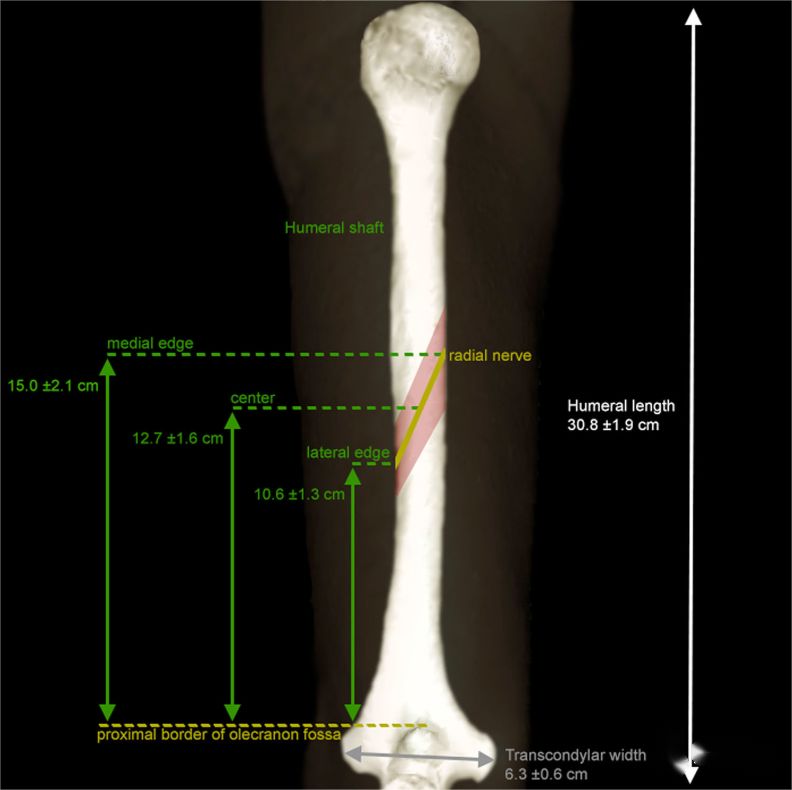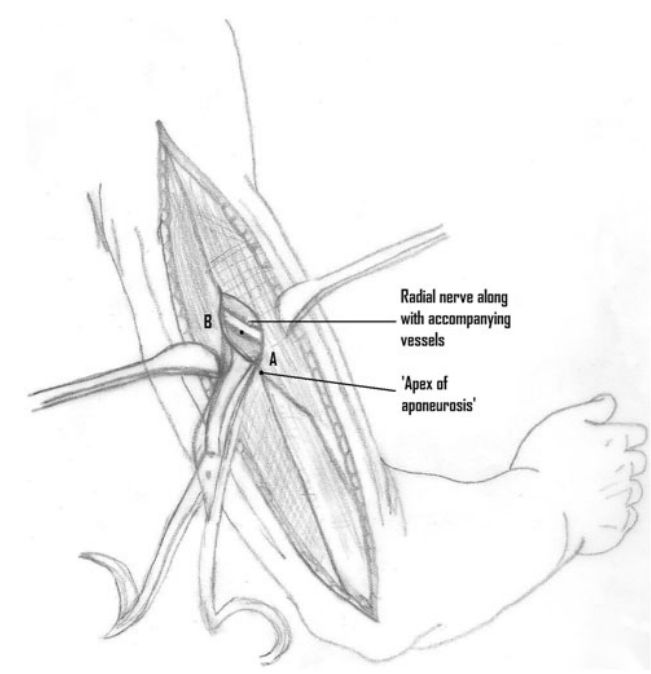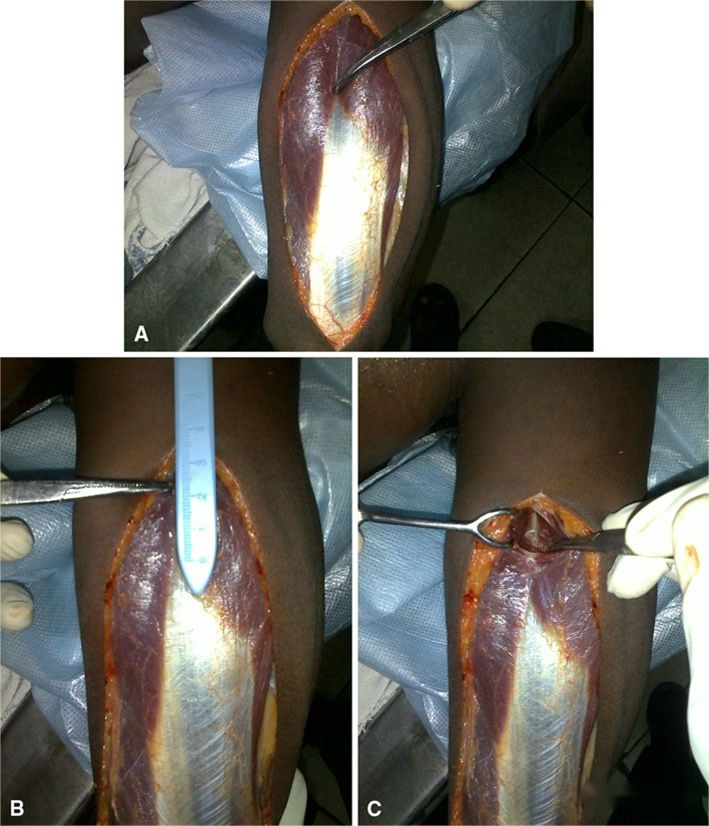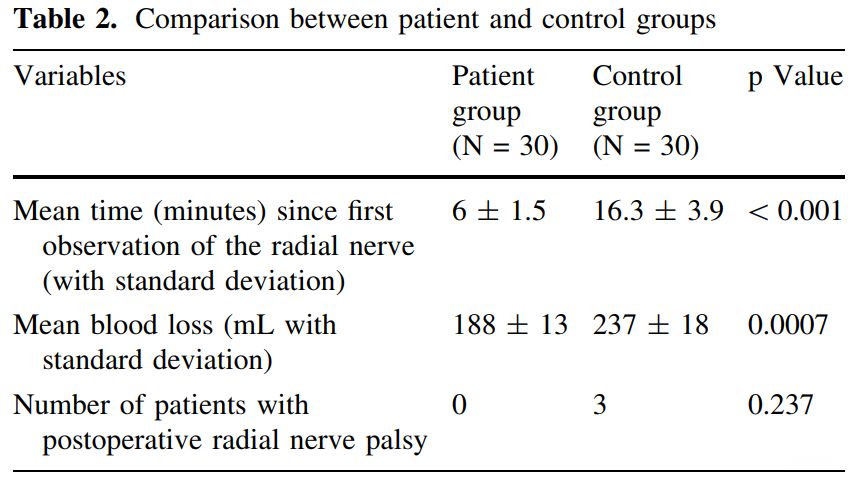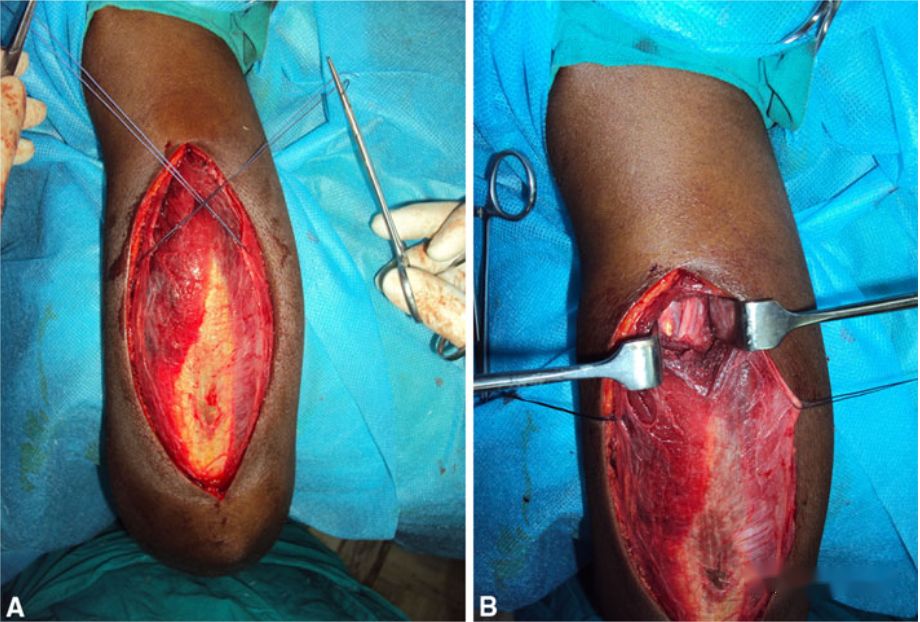Surgical treatment for mid-distal humerus fractures (such as those caused by “wrist-wrestling”) or humeral osteomyelitis typically requires the use of a direct posterior approach to the humerus. The primary risk associated with this approach is radial nerve injury. Research has indicated that the probability of iatrogenic radial nerve injury resulting from the posterior approach to the humerus ranges from 0% to 10%, with a permanent radial nerve injury probability ranging from 0% to 3%.
Despite the concept of radial nerve safety, most studies have relied on bony anatomical landmarks such as the supracondylar region of the humerus or the scapula for intraoperative positioning. However, locating the radial nerve during the procedure remains challenging and is associated with significant uncertainty.
Illustration of the radial nerve safety zone. The average distance from the radial nerve plane to the lateral condyle of the humerus is approximately 12cm, with a safety zone extending 10cm above the lateral condyle.
In this regard, some researchers have combined the actual intraoperative conditions and measured the distance between the tip of the triceps tendon fascia and the radial nerve. They have found that this distance is relatively constant and has a high value for intraoperative positioning. The long head of the triceps brachii muscle tendon runs approximately vertically, while the lateral head forms an approximate arc. The intersection of these tendons forms the tip of the triceps tendon fascia. By locating 2.5cm above this tip, the radial nerve can be identified.
By using the apex of the triceps tendon fascia as a reference, the radial nerve can be located by moving approximately 2.5cm upwards.
Through a study involving an average of 60 patients, compared to the traditional exploration method that took 16 minutes, this positioning method reduced the skin incision to radial nerve exposure time to 6 minutes. Furthermore, it successfully avoided radial nerve injuries.
Intraoperative fixation macroscopic image of mid-distal 1/3 humeral fracture. By placing two absorbable sutures intersecting approximately 2.5cm above the plane of the triceps tendon fascia apex, exploration through this intersection point allows for the exposure of the radial nerve and the vascular bundle.
The distance mentioned is indeed related to the patient’s height and arm length. In practical application, it can be adjusted slightly based on the patient’s physique and body proportions.
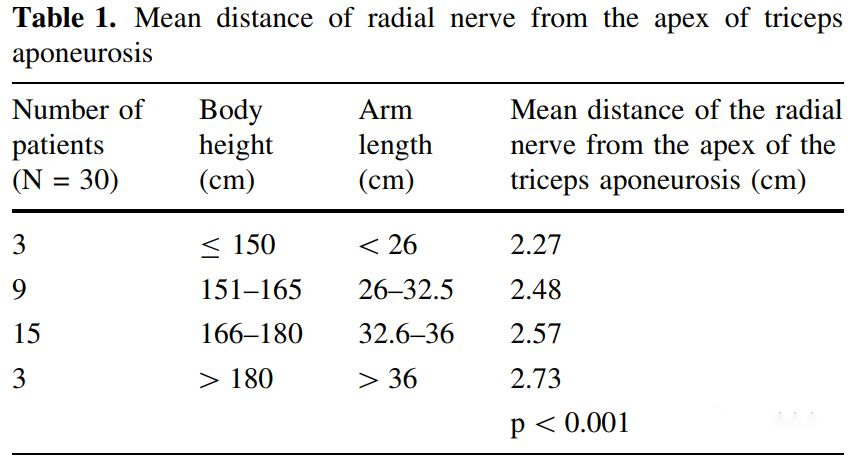
Post time: Jul-14-2023





